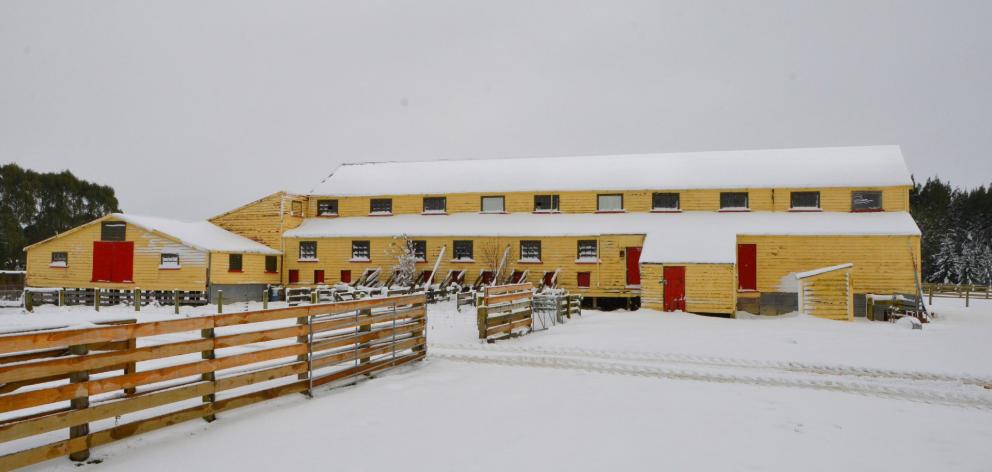
Wilden — The Story of a West Otago Farming Community — has been written by Dunedin man Dr David Keen.
The driving forces behind the project were retired Wilden farmer Bill Gibson, now living in Mosgiel, and Neil Robinson, from Wanaka.
In the late 1860s, the discovery of gold at Switzers, now Waikaia, further sparked West Otago’s development.
At that time, the area, later to be known as Wilden, was nothing but a nameless tract of hill country within the wide and impressive bounds of Moa Flat Station, according to an excerpt from the book.
In its heyday, Moa Flat was an enormous holding, covering half a million acres and including 80,000 acres of freehold land.
Wilden Estate, prior to subdivisions in 1925 and 1930, encompassed land bounded by Moa Flat and Dunrobin to the north and east, the Spylaw Burn to the south, and the Umbrella Range and Whitecoomb to the west.
The original Wilden community is a village near Tenbury, Worcestershire, in the English West Midlands.
A collection of manuscript survey maps, dating from 1896 to 1928, illustrating the stages by which the tussock country of Wilden was ploughed and broken in, was originally the property of Reginald Acton-Adams, of Wilden Run.
That collection was passed from owner to owner, ending up with Tom Stevenson, of Wilden Estate.
Mr Robinson, who was a next-door neighbour, said Mr Stevenson knew what all the maps were — each of the old paddocks virtually became a farm. When he died in 2009, that knowledge was lost.
The maps were found by his widow and Mr Robinson took them home and spent a weekend sorting them out.
As they discussed how to progress it, Mr Gibson said it should be a history of the whole district, as none of the ploughing maps included the run blocks of Wilden, and the project kept growing.
Mr Gibson’s daughter Erica Allen got involved and contacted Dr Keen, with whom she had worked. Saying that research was "always fun", he was keen to take on the project.
He started late in 2013 and although he was not from a farming background, he had lived in Tapanui at one stage, so the area was not entirely unfamiliar.
He particularly enjoyed working with "some very lovely salt-of-the-earth people" during the project, he said.
Dr Keen ended up with more than 300 pages, which was subsequently edited, but the full manuscript is now lodged in the Hocken Collections in Dunedin, along with the original maps.
Mr Robinson’s parents bought Elgin, part of Wilden Estate, in 1955 and he took over in 1976, farming there until 2001. The property is now farmed by his son Craig.
He and Mr Gibson felt a responsibility to embark on the project and others in the district felt the same way, he said.
Mr Robinson was thrilled with the book, saying it was "like the All Blacks" — it took a team effort to produce.
The book launch will be held on Sunday, August 27, at Wilden Station, hosted by manager Peter Adam.
Mr Adam said the response had been a lot bigger than initially thought and about 200 people were expected to attend. There were a lot of people, not necessarily runholders, who had worked in the area.
James Acton-Adams, from Blenheim, a descendant of the family that used to own it, was bringing the old Wilden truck — a 1924 Austin — to the event.
